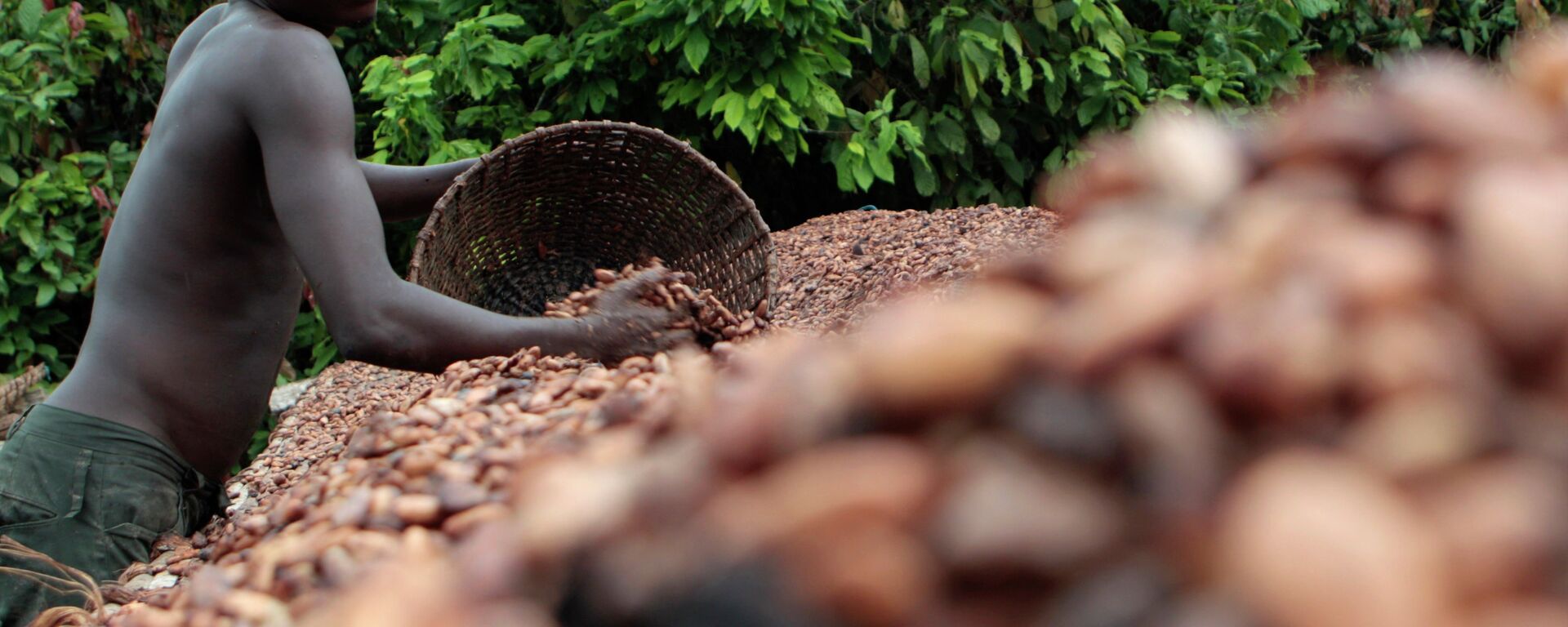https://en.sputniknews.africa/20240524/south-africa-achieves-major-housing-and-infrastructure-improvements-over-20-years-survey-shows-1066721470.html
South Africa Achieves Major Housing and Infrastructure Improvements Over 20 Years, Survey Shows
South Africa Achieves Major Housing and Infrastructure Improvements Over 20 Years, Survey Shows
Sputnik Africa
The General Household Survey assesses development levels and service delivery quality in key sectors: health, education, social security, housing, energy... 24.05.2024, Sputnik Africa
2024-05-24T16:35+0200
2024-05-24T16:35+0200
2024-05-24T16:54+0200
sub-saharan africa
south africa
survey
statistics
economy
southern africa
economic growth
life expectancy
lifestyle
living conditions
https://cdn1.img.sputniknews.africa/img/07e8/05/09/1066456055_0:298:2289:1586_1920x0_80_0_0_aecb24ff09351a334add64885d6daf2c.jpg
The General Household Survey (GHS) 2023, conducted by Statistics South Africa, has unveiled significant advancements in infrastructure and living conditions across the country over the past two decades.One of the most noteworthy findings of the survey is that the percentage of South African households living in formal dwellings has risen to over 83.5% in 2023, a significant increase from 73.5% in 2002, Statistician-General Risenga Maluleke revealed during the media briefing of the GHS 2023 report.While the number of households living in formal dwellings has increased, the proportion of households residing in informal settlements has slightly decreased, from 13% in 2002 to 12.2% in 2023.Maluleke also pointed out the improvements in housing quality, particularly in access to drinking water. The percentage of households with piped or tap water, whether on-site or off-site, has increased by 2.6 percentage points from 2002 to 2023, reaching an impressive 87%.Another area where significant progress has been made is in sanitation access. The survey revealed that more households in South Africa now have upgraded sanitation facilities compared to 2002, with the number of flush toilets and pit toilets with ventilation pipes rising from 61.7 percent to 83.3 percent by 2023.The survey also revealed that the average South African household has about 3.2 members. Around 26.5% of households have one member, while 87% have four to five members or fewer, and only 13% have six members or more. Despite these improvements, inequalities persist, and ongoing efforts are needed to address infrastructure gaps, promote inclusive development, and enhance community resilience to future challenges, as noted by Maluleke.
https://en.sputniknews.africa/20240430/nestle-program-to-increase-income-of-bean-farmers-in-africa-leaves-workers-below-living-wage-report-1066301511.html
south africa
southern africa
Sputnik Africa
feedback@sputniknews.com
+74956456601
MIA „Rossiya Segodnya“
2024
News
en_EN
Sputnik Africa
feedback@sputniknews.com
+74956456601
MIA „Rossiya Segodnya“
Sputnik Africa
feedback@sputniknews.com
+74956456601
MIA „Rossiya Segodnya“
south africa, survey, statistics, economy, southern africa, economic growth, life expectancy, lifestyle, living conditions, household, development, infrastructure, briefing
south africa, survey, statistics, economy, southern africa, economic growth, life expectancy, lifestyle, living conditions, household, development, infrastructure, briefing
South Africa Achieves Major Housing and Infrastructure Improvements Over 20 Years, Survey Shows
16:35 24.05.2024 (Updated: 16:54 24.05.2024) The General Household Survey assesses development levels and service delivery quality in key sectors: health, education, social security, housing, energy, water and sanitation, environment, refuse removal, telecommunications, transport, income, food access, and agriculture.
The
General Household Survey (GHS) 2023, conducted by Statistics South Africa, has unveiled significant advancements in infrastructure and living conditions across the country over the past two decades.
One of the most noteworthy findings of the
survey is that the percentage of South African households living in formal dwellings has risen to over 83.5% in 2023, a significant increase from 73.5% in 2002, Statistician-General Risenga Maluleke revealed during the
media briefing of the GHS 2023 report.
While the number of households living in formal dwellings has
increased, the proportion of households residing in informal settlements has slightly decreased, from 13% in 2002 to 12.2% in 2023.
Maluleke also pointed out the
improvements in housing quality, particularly in access to drinking water. The percentage of households with piped or tap water, whether on-site or off-site, has increased by 2.6 percentage points from 2002 to 2023, reaching an impressive 87%.
Another area where significant progress has been made is in
sanitation access. The survey revealed that more households in South Africa now have upgraded sanitation facilities compared to 2002, with the number of flush toilets and pit toilets with ventilation pipes rising from 61.7 percent to 83.3 percent by 2023.
The survey also revealed that the average South African household has about 3.2 members. Around 26.5% of households have one member, while 87% have four to five members or fewer, and only 13% have six members or more.
Despite these improvements, inequalities persist, and ongoing efforts are needed to
address infrastructure gaps, promote inclusive development, and enhance community resilience to future challenges, as noted by Maluleke.


